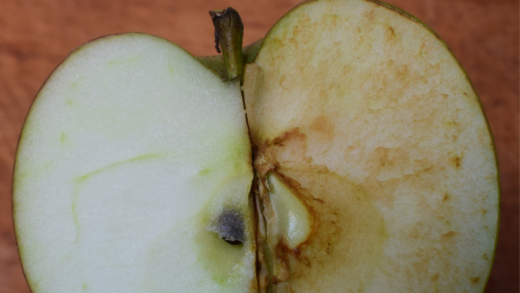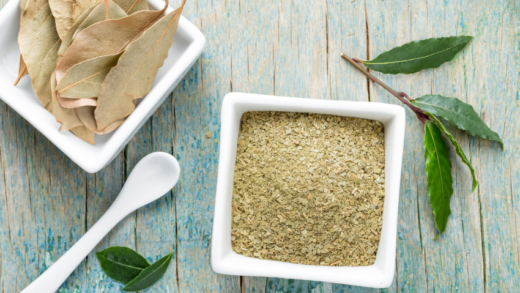Do you dream of having a clear and radiant skin? If so, you’re not alone. Many people struggle with skin issues, such as dullness, uneven texture, acne, and fine lines. Fortunately, there’s a powerful ingredient that can help you achieve your skincare goals: glycolic acid. This alpha hydroxy acid (AHA) is renowned for its exfoliating, brightening, and rejuvenating properties. In this article, we’ll delve into the world of glycolic skin benefits and usage, and show you how to incorporate it into your routine.
What is Glycolic Acid?
Glycolic acid is a natural AHA derived from sugarcane, beets, and other fruits. It has a small molecular size that enables it to penetrate deeply into the skin and dissolve dead skin cells, oil, and debris. You can find glycolic acid in skincare products, such as cleansers, toners, serums, masks, and peels, to improve skin texture, tone, and clarity.
Glycolic Skin Benefits
Exfoliation: Glycolic acid works by breaking down the bonds between dead skin cells and gently removing them from the surface of the skin. This process reveals fresher, smoother, and brighter skin, and prevents clogged pores and acne.
Brightening: By removing dull and discolored skin cells, glycolic acid can help to even out skin tone and fade hyperpigmentation, sun damage, and age spots.
Hydration: Glycolic acid can enhance skin’s moisture retention by stimulating collagen production, which improves skin elasticity, firmness, and plumpness.
Anti-aging: Glycolic acid can reduce the appearance of fine lines, wrinkles, and other signs of aging by promoting cell turnover and boosting skin regeneration.
Acne-fighting: Glycolic acid can help to unclog pores, reduce inflammation, and kill acne-causing bacteria, making it a valuable tool for those with acne-prone skin.
Glycolic Skin Usage
Patch test: Before using glycolic acid on your face, do a patch test on your arm or neck to check for any allergic reactions or irritation.
Start low and slow: If you’re new to glycolic acid, start with a low concentration, such as 5-10%, and use it once or twice a week. Gradually increase the concentration and frequency as your skin tolerates it.
Choose the right product: Look for glycolic acid products that are pH-balanced, non-comedogenic, and free of alcohol and fragrance. Avoid using glycolic acid with other exfoliants, such as salicylic acid, as it can cause irritation.
Use sunscreen: Glycolic acid can increase skin sensitivity to the sun, so it’s important to use a broad-spectrum sunscreen with at least SPF 30 every day, even on cloudy days.
Follow up with hydration: After using glycolic acid, apply a hydrating moisturizer to replenish the skin’s moisture barrier and prevent dryness.
FAQs
Can glycolic acid be used on sensitive skin?
Yes, but it’s important to start with a low concentration and test it on a small area first. If you experience any irritation or redness, stop using it and consult with a dermatologist.
Can glycolic acid be used during pregnancy or breastfeeding?
It’s best to avoid using glycolic acid during pregnancy or breastfeeding as there’s limited research on its safety in these cases.
Can glycolic acid be used on all skin types?
Glycolic acid is suitable for most skin types. However, those with extremely sensitive or rosacea-prone skin may need to avoid it or use it with caution.
Can glycolic acid be used with retinol?
Yes, but it’s important to introduce them slowly and alternate their use to avoid over-exfoliation and irritation.
How often should I use glycolic acid?
This depends on your skin type and tolerance level. Start with once a week and gradually increase to twice or three times a week as your skin adjusts.
What are the potential side effects of glycolic acid?
Common side effects include redness, dryness, peeling, and sensitivity. You can solve this problem by following the usage instructions and using a hydrating moisturizer.
Conclusion
Glycolic acid is a powerful skincare ingredient that can transform your skin’s texture, tone, and radiance. By incorporating it into your routine, you can enjoy its amazing benefits and reveal a smoother, brighter, and more youthful complexion. Remember to start low and slow, use sunscreen, and follow up with hydration to get the most out of glycolic acid. With a little patience and persistence, you can achieve the glowing skin you’ve always wanted.
























